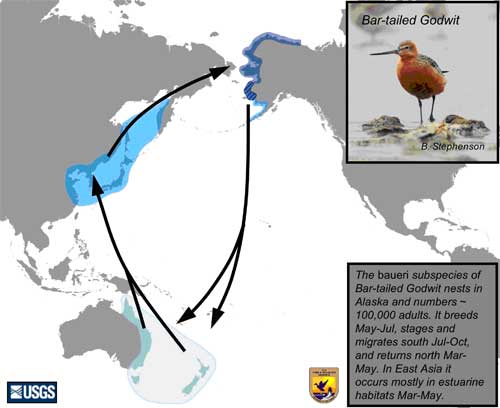Carbon sequestration has unfortunately suffered from a rather narrow definition in the public perception, partly on account of one of its precursor technologies having arisen primarily in the oil sector, where enhanced oil recovery from existing fields was enabled by the injection of carbon dioxide directly into the oil fields. Being a heavier-than-oil supercritical liquid, carbon dioxide can force crude oil to the surface in oilfields where it would otherwise have remained trapped within geological formations. This version of carbon sequestration has come to be considered 'canonical' - while in truth, it is just a geological sequestration method, while there are also terrestrial-biologic and oceanic sequestration modes, among many others. Photosynthesis itself is a carbon dioxide sequestration technology (not yet mimicked effectively by human technology) and so are lungs, where gas exchange between blood vessels (alveoli) effectively separates carbon dioxide from blood supply and also replenishes it with oxygen!
In his letter to his ministerial colleagues, Secretary Chu further endorsed and encouraged the adoption of an aggressive timeline, importantly lending his considerable scientific prestige to a technology that so far had been viewed as somewhat tentative even by its proponents, going so far as to call for a deployment timeline to begin 10 years from now; cautioning also that success will not come easily, asking for a strong, highly focused R&D program, and making a 'call to action' to all US Department of Energy laboratories, as well as to corresponding organizations around the world. Secretary Chu's letter to his ministerial colleagues around the world follows his Oct 2, 2009 editorial in Science Magazine, where he outlined the arguments supporting a stronger push toward carbon sequestration technology directed to a scientific audience.
While work on carbon sequestration projects has been going on for the past while, it has so far been occurring on a more relaxed timeline and with a much greater degree of tentativeness. Secretary Chu's strong endorsement will undoubtedly increase the level of near-term effort and activity in the area, and spur the technology forward in the medium term, bringing it into the forefront of climate change mitigation options for the world community. Secretary Chu's letter also places sequestration technology in the middle of the power generation cycle - rather than at the very end. He formulates sequestration as a technology alongside such related others as cleaner oxygenated combustion as well as ultrasupercritical technology which, by using steam at higher temperatures and pressures, raises the thermodynamic efficiency of the power generation process, thus producing more power per unit of coal used, and contributing to a decrease in carbon emissions.
Secretary Chu also situates carbon sequestration more properly within the suite of climate change mitigation options - which would include economy-wide improvements in energy efficiency, conservation, as well as carbon-free generation of energy. Part of the challenge of assigning priorities (and funding) to different R&D options is also assessing the urgency of the sub-problem that the technology is designed to solve, relative to the intrinsic merit and state of development of the technology itself. What carbon sequestration can do, if successfully developed and deployed, is to cut the flow rate of carbon dioxide emission into the atmosphere drastically, even while the energy generation mix remains roughly the same as now (as it will for at least the next couple decades). Deployment timeframes for energy generation options that significantly reduce emissions relative to the current mix are all a decade or more beyond (with the possible exception of wind turbines). Therefore, a technology that promises to cut the net emissions from the existing generation mix must be moved up the priority, effort and funding list. This is the judgment call that I see Secretary Chu as having made. The subtext is the realization that Climate Change itself is in the here and now; arresting the net flow of carbon dioxide is urgent; even while technologies such as solar or fusion that promise to reduce the gross flow in the future are aggressively developed. What this endorsement will also do is make the entire field of sequestration science more 'sexy', attracting physicists, biologists and chemists into the field, that is otherwise dominated by petroleum geologists or engineers.
Just prior to the Ministerial meeting, the Carbon Sequestration Leadership Forum added ten new R&D Projects to its portfolio, including one each in Texas, British Columbia and Alberta.
Postscript: After I wrote this post, I discovered a presentation by Prof. Sir Christopher Llewellyn Smith, FRS, on Energy Options. One of his slides particularly well illustrates the point I make above on carbon sequestration not being just a post-combustion technology, but being a suite of technologies potentially applicable before, during and after the actual combustion:


